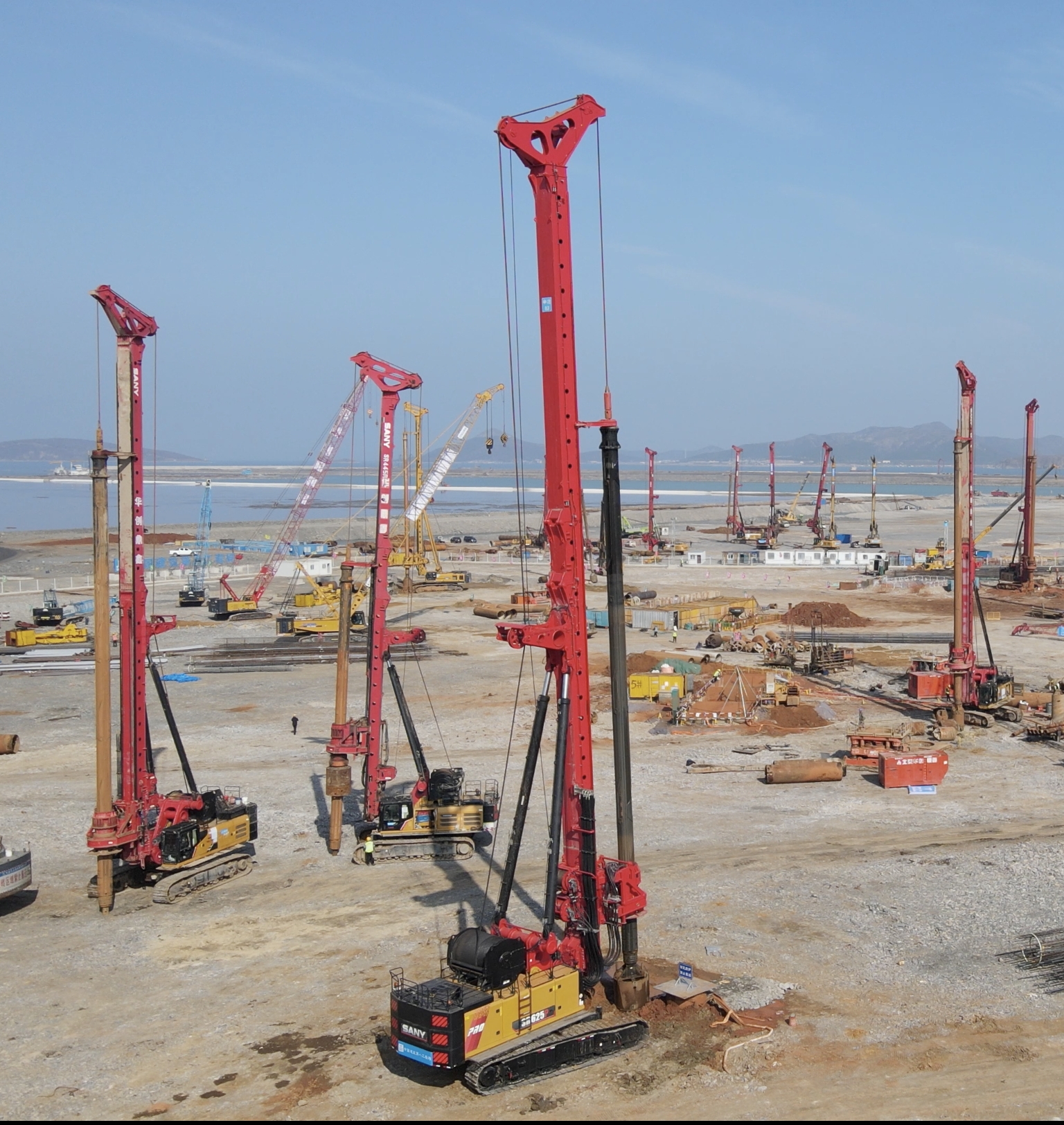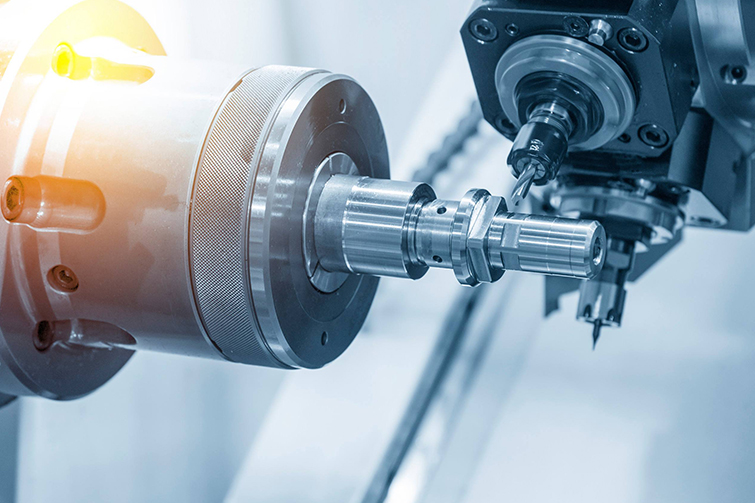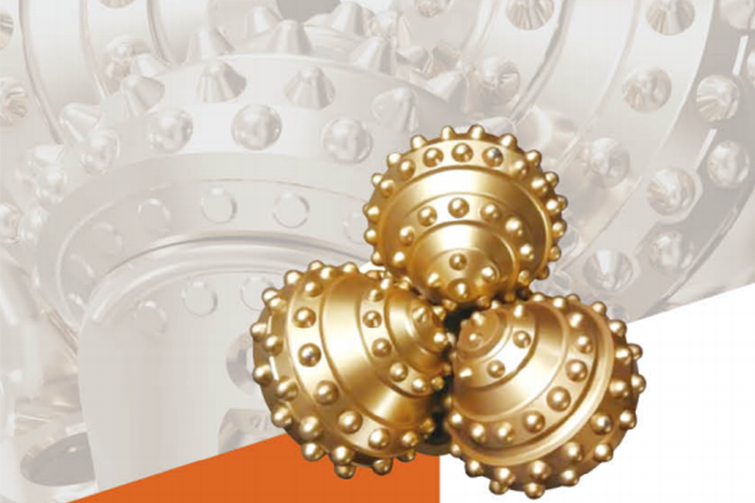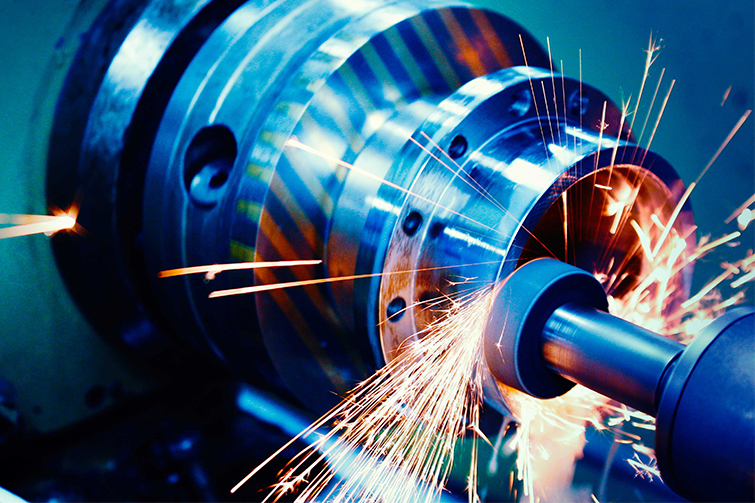

Advancements in High-Precision Drilling: Techniques and Applications

Introduction to High-Precision Drilling
High-precision drilling refers to the process of creating holes in materials with exceptional accuracy and minimal deviation. This technique is crucial in industries where even the slightest error can lead to significant failures, such as aerospace, automotive, and medical device manufacturing.
Key Techniques in High-Precision Drilling
Several techniques have been developed to achieve accurate drilling, including laser drilling, micro-drilling, and CNC (Computer Numerical Control) drilling. Each method offers unique advantages depending on the material and the required precision level.
Applications of High-Precision Drilling
The applications of high-precision drilling are vast, ranging from creating micro-holes in electronic components to drilling precise channels in surgical instruments. Its ability to produce consistent and accurate results makes it indispensable in modern manufacturing.
Benefits of High-Precision Drilling
The primary benefits include reduced material waste, increased efficiency, and the ability to work with a wide range of materials. These advantages contribute to lower production costs and higher quality products.
Common Questions
What materials can be processed with high-precision drilling?
High-precision drilling can be applied to metals, plastics, ceramics, and composites, making it versatile across various industries.
How does high-precision drilling improve manufacturing efficiency?
By minimizing errors and reducing the need for rework, high-precision drilling streamlines the production process, saving time and resources.








